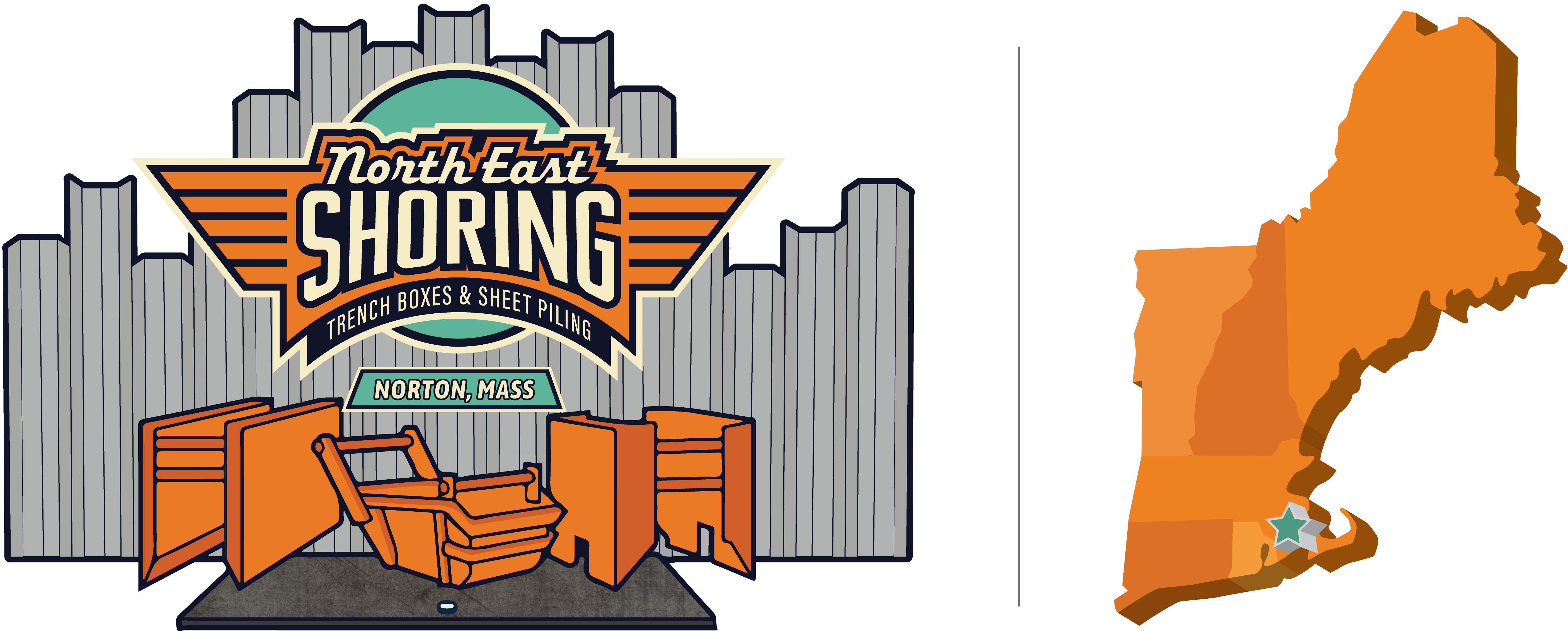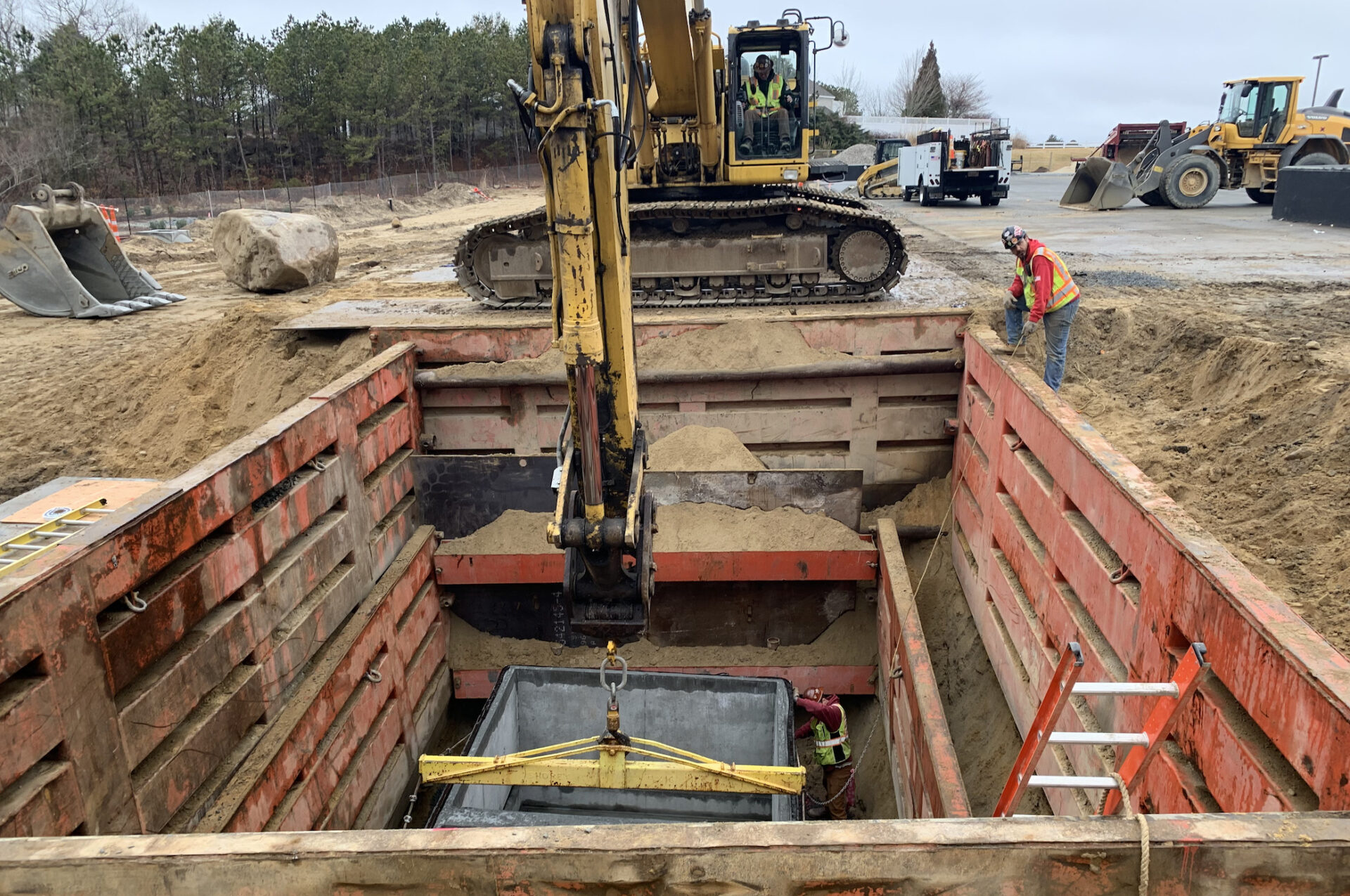Road work can be a challenging job. From excavation to paving, several different tasks are necessary for proper road upkeep, and each aspect of the job requires specialized equipment and safety measures. One way to make excavation safer and more efficient is by utilizing steel street plates. These plates are commonly used on construction sites, and they offer several benefits that make them an essential tool for excavation work.
OSHA’s Evolution: From Government-Funded to Self-Sustained
The Occupational Safety and Health Administration, commonly known as OSHA, plays a pivotal role in safeguarding workplaces throughout the United States. Its mission? To guarantee a hazard-free environment for all workers. Traditionally funded by the federal government, OSHA is now undergoing a significant transformation.
The Shift Towards Self-Funding
Another issue that arises with self-funding is the need for OSHA to constantly find new sources of income. With government funding, the focus can solely be on ensuring workplace safety. However, with self-funding, there is pressure to generate more funds, which could result in an overemphasis on issuing citations and levying penalties, as opposed to fixing underlying safety issues. This creates a vicious cycle where companies are fined for violations, but the problems that caused the violations are not fixed because OSHA needs to keep the revenue coming in.
Raising Concerns and Questions
Additionally, self-funding can lead to inconsistencies in how OSHA enforces safety regulations. With government funding, there is a dedicated budget that allows OSHA to carry out its mission effectively and consistently. Without an adequate budget, OSHA may be forced to prioritize certain industries or regions where more fines can be levied to generate revenue. This may lead to OSHA being less effective in certain areas, which can result in more safety violations.
Exploring the Impact
However, there are also arguments in favor of self-funding. Proponents argue that self-funding gives OSHA more control over its funding and allows the agency to invest in initiatives that improve safety regulations. It also frees OSHA from political influence, which can affect government funding allocation and how the agency carries out its mission. Supporters also argue that OSHA cooperates with industry experts to improve safety regulations and promote safe work practices.


